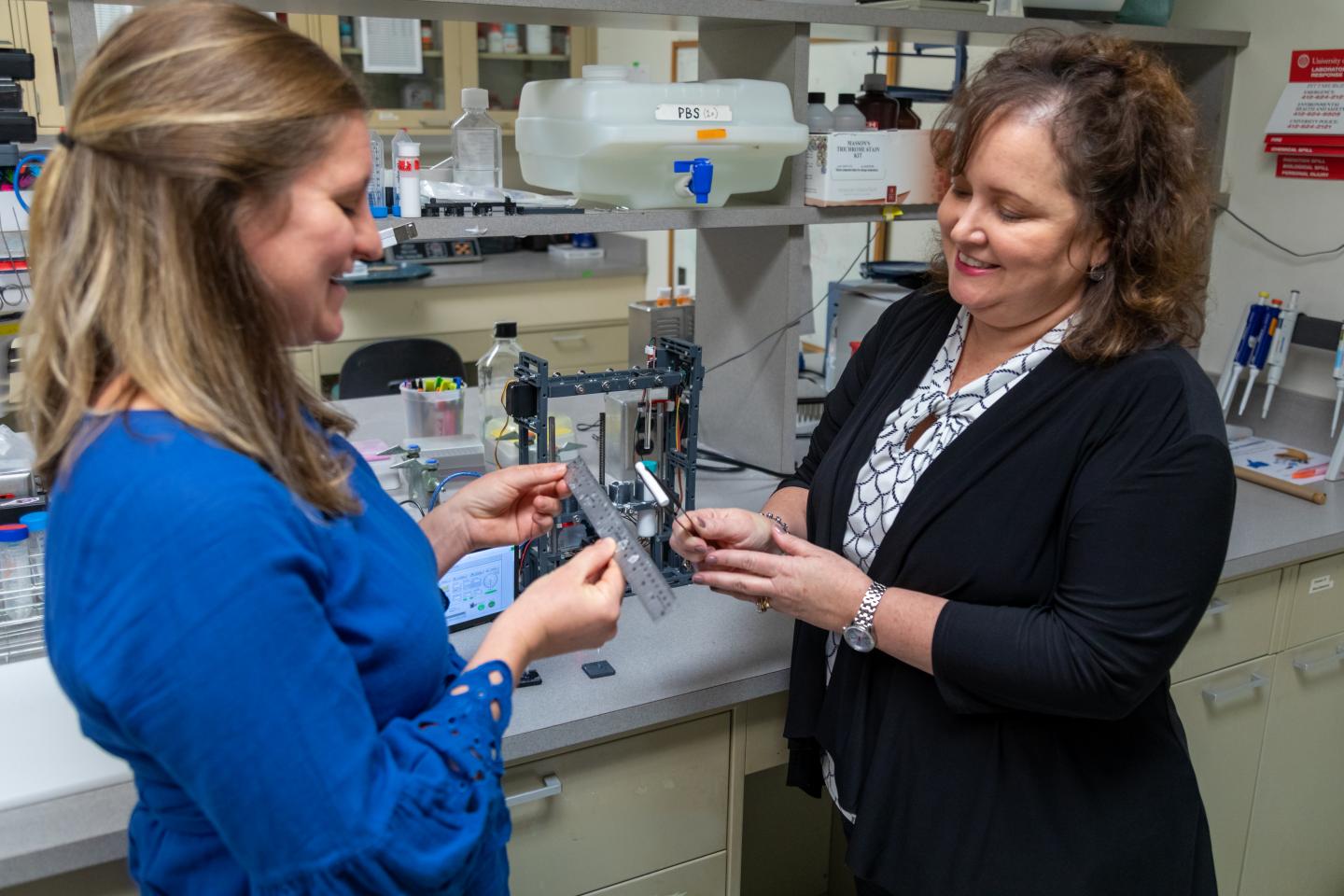In a big medical breakthrough, researchers from University of Pittsburgh School of Medicine have created a biodegradable nerve guide. In case of traumatic injury, this implantable tube filled with growth-promoting protein can help in regenerating long sections of damaged nerves. Now doctors can regenerate long stretches of peripheral nerve without any need for transplanting stem cells or a donor nerve.
This research is led by Dr Kacey Marra and was published in Science Translational Medicine. The team has successfully tested the technology in monkeys.
Nerve cell damage is very common issue, especially with soldiers in their arms and legs, accident cases, cancer patients and diabetes.
If nerve damage is small, peripheral nerves can naturally regrow themselves up to a third of an inch on their own. For longer nerve damage, current treatments involve removing nerve from the leg and sew them to ends of the damaged nerve. This procedure can return only about 40 to 60 percent of the nerve’s motor functions.
Marra said, “It’s like you’re replacing a piece of linguini with a bundle of angel hair pasta,” “It just doesn’t work as well.”
Marra’s nerve guide showed promising results in monkeys. It returned about 80% of fine motor control in monkeys, each with a 2-inch nerve gap in the forearm.
After this success, Marra is going to bring the nerve guides to human patients. For human trials, she plans to work with the Food and Drug Administration (FDA).







